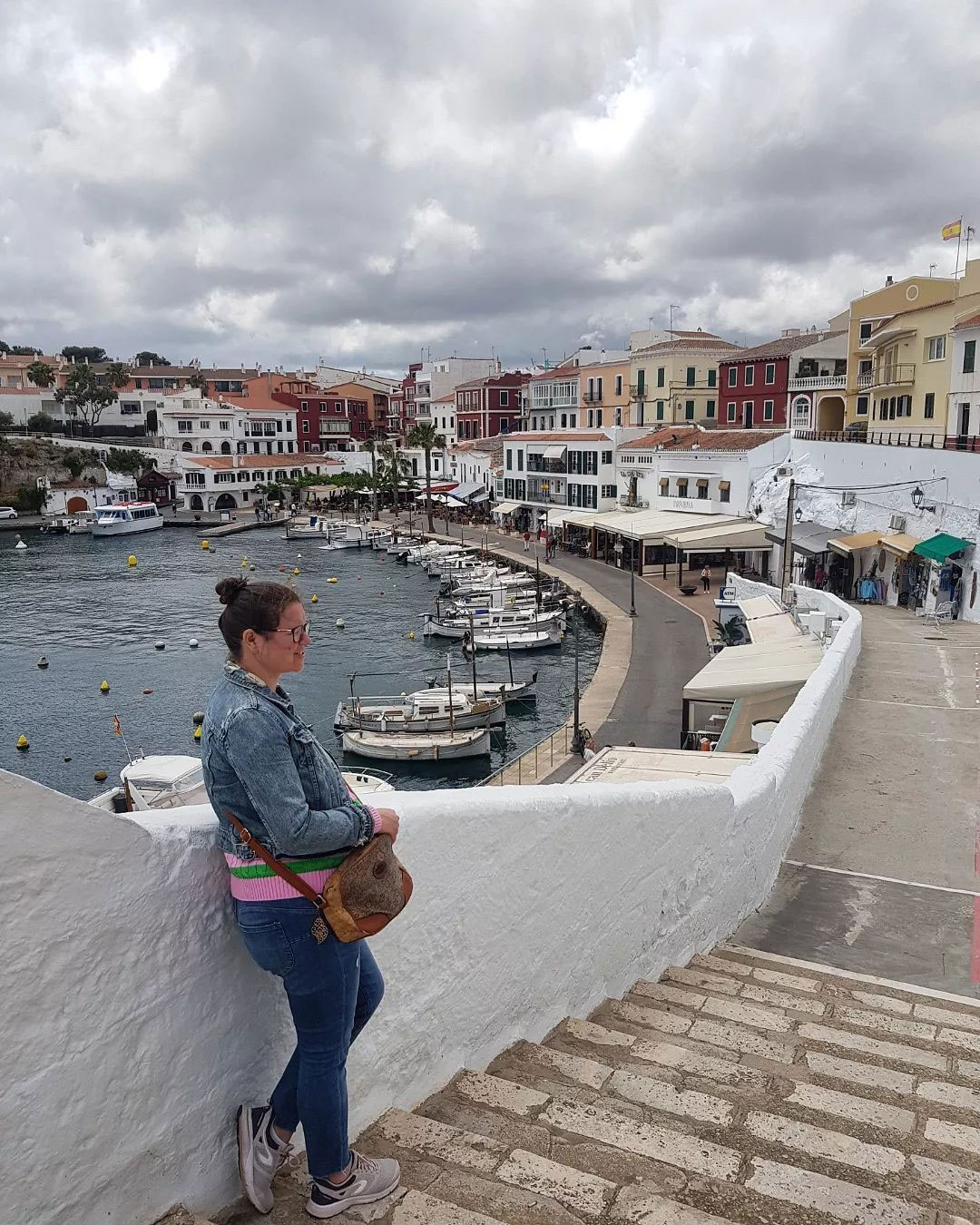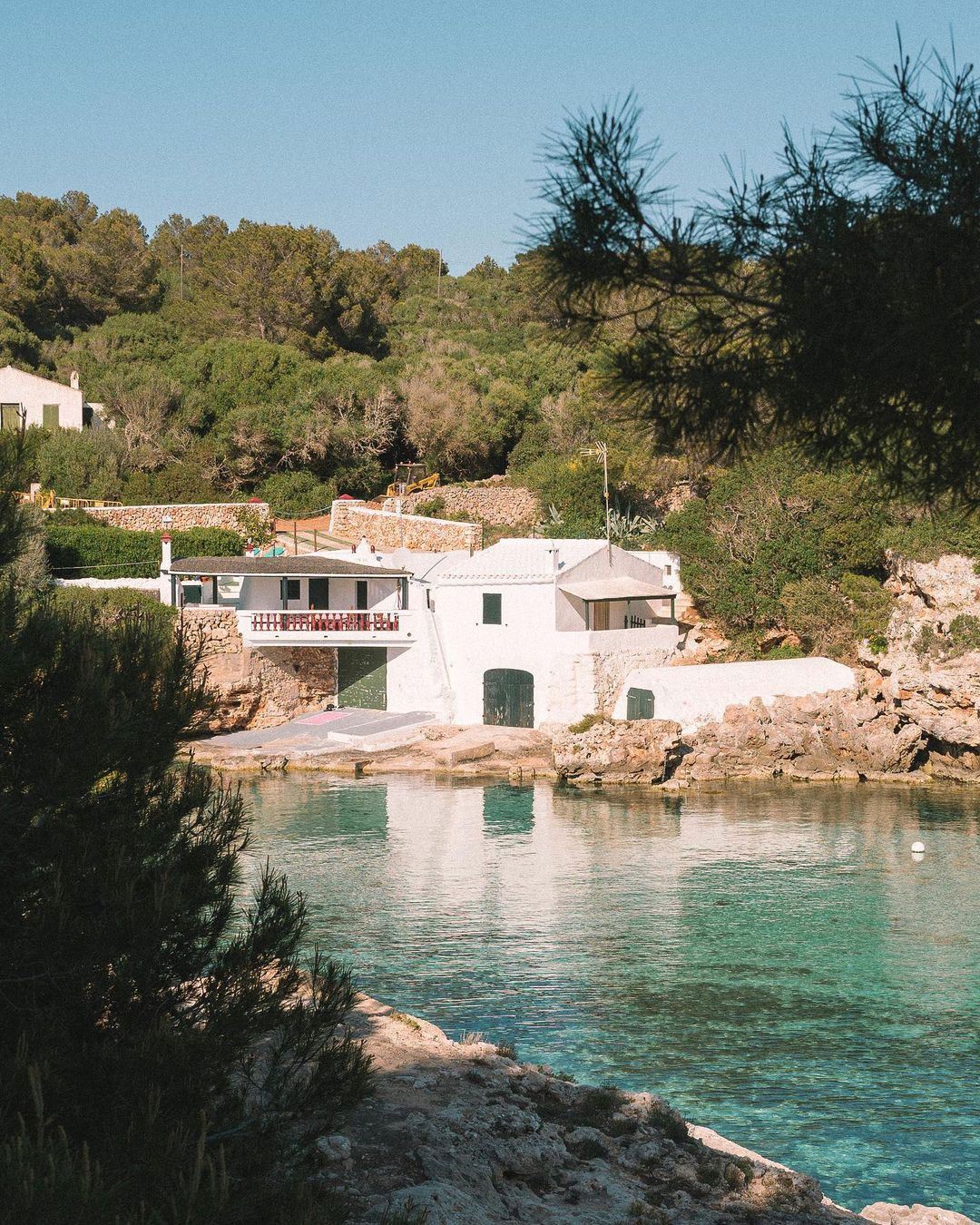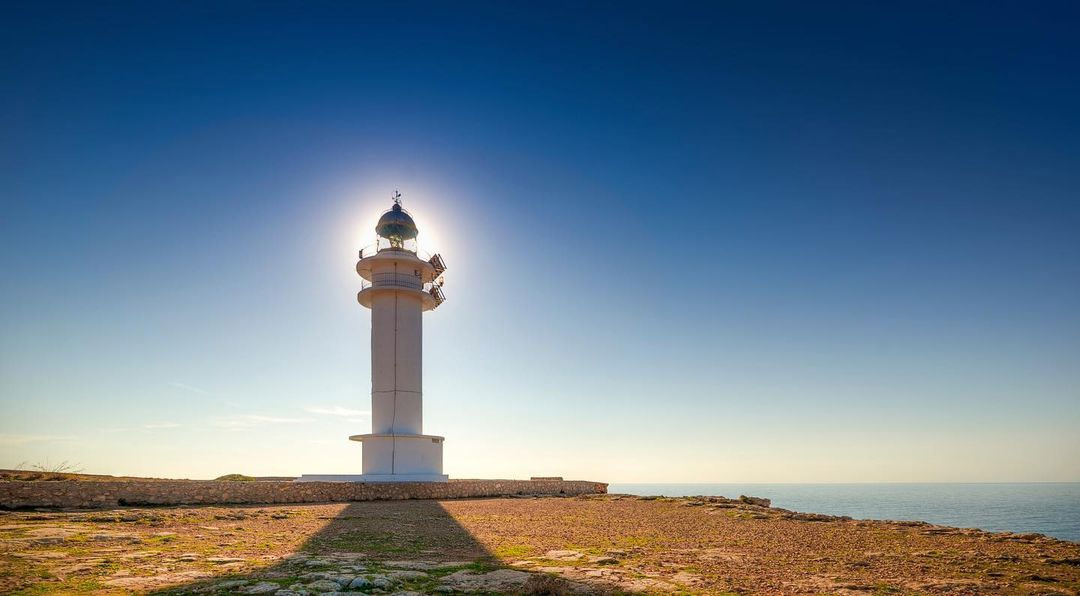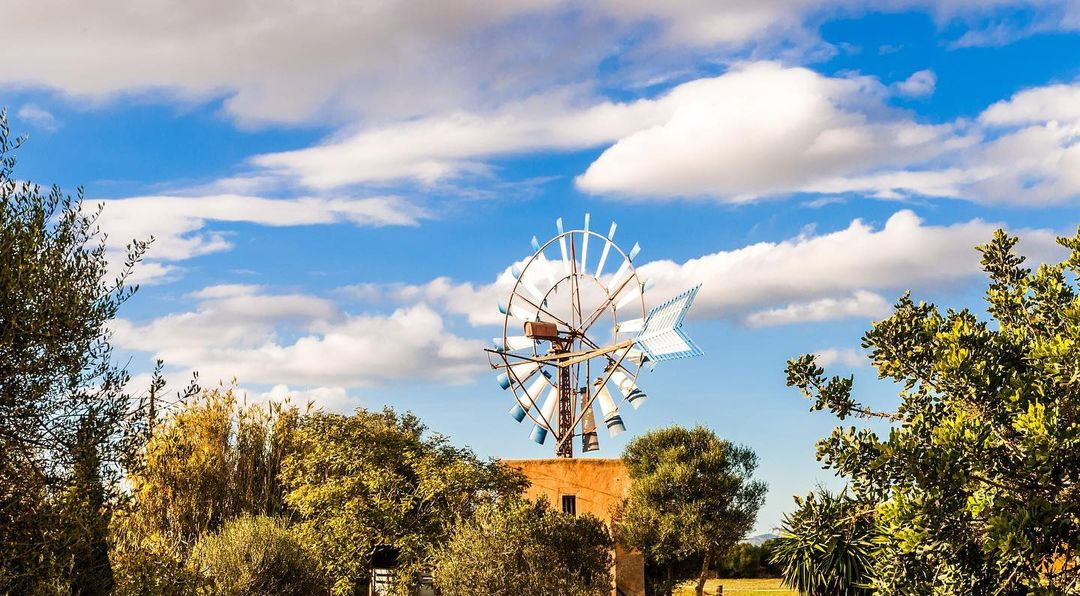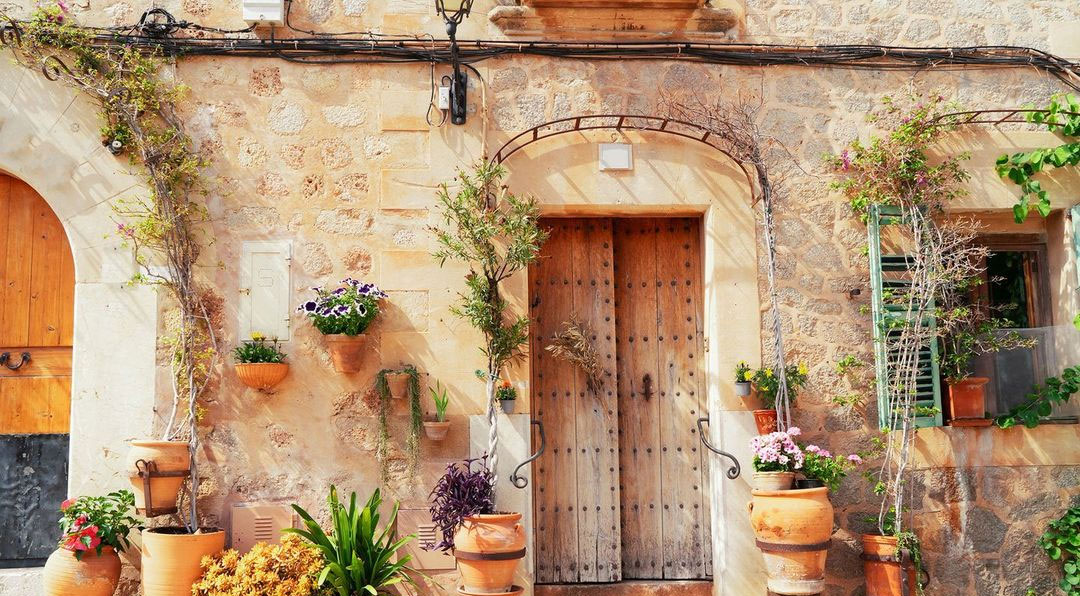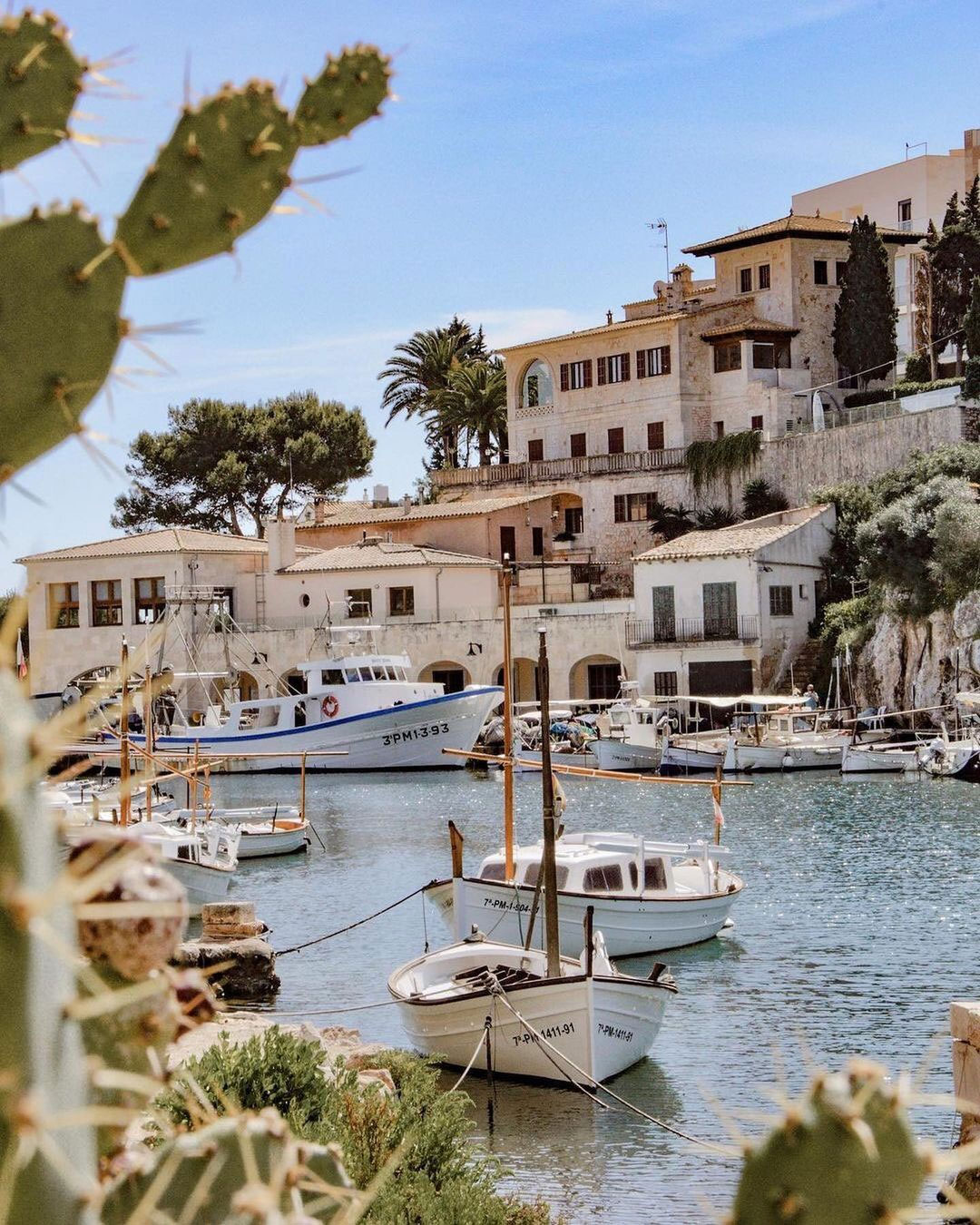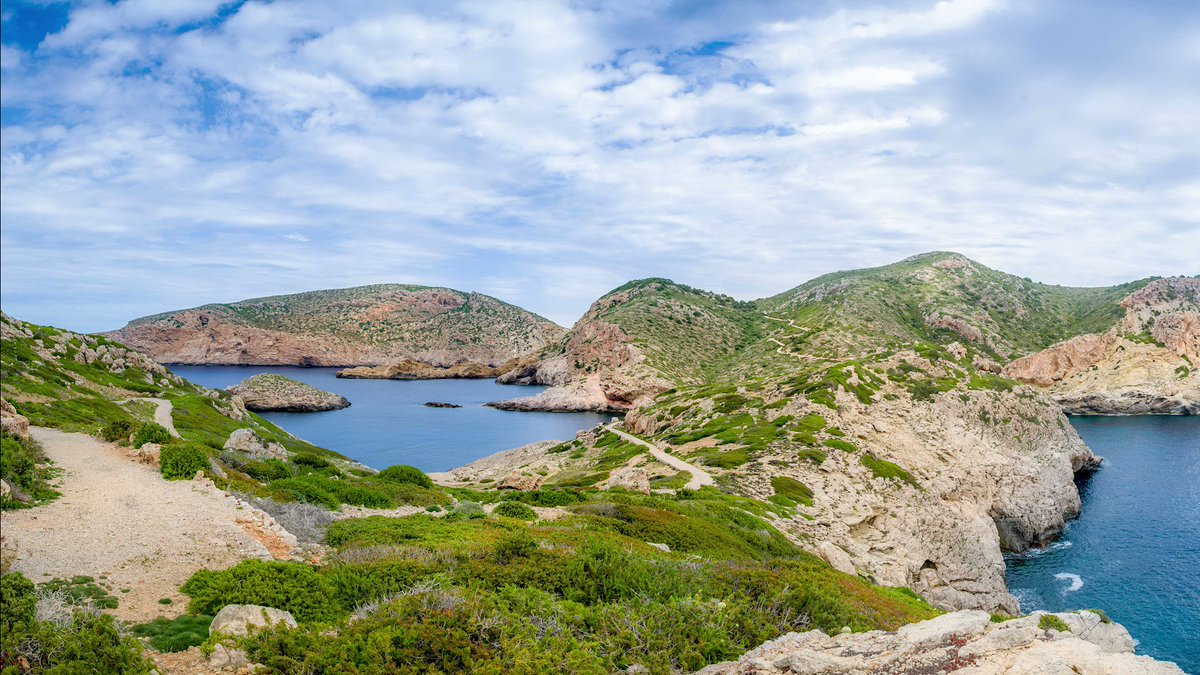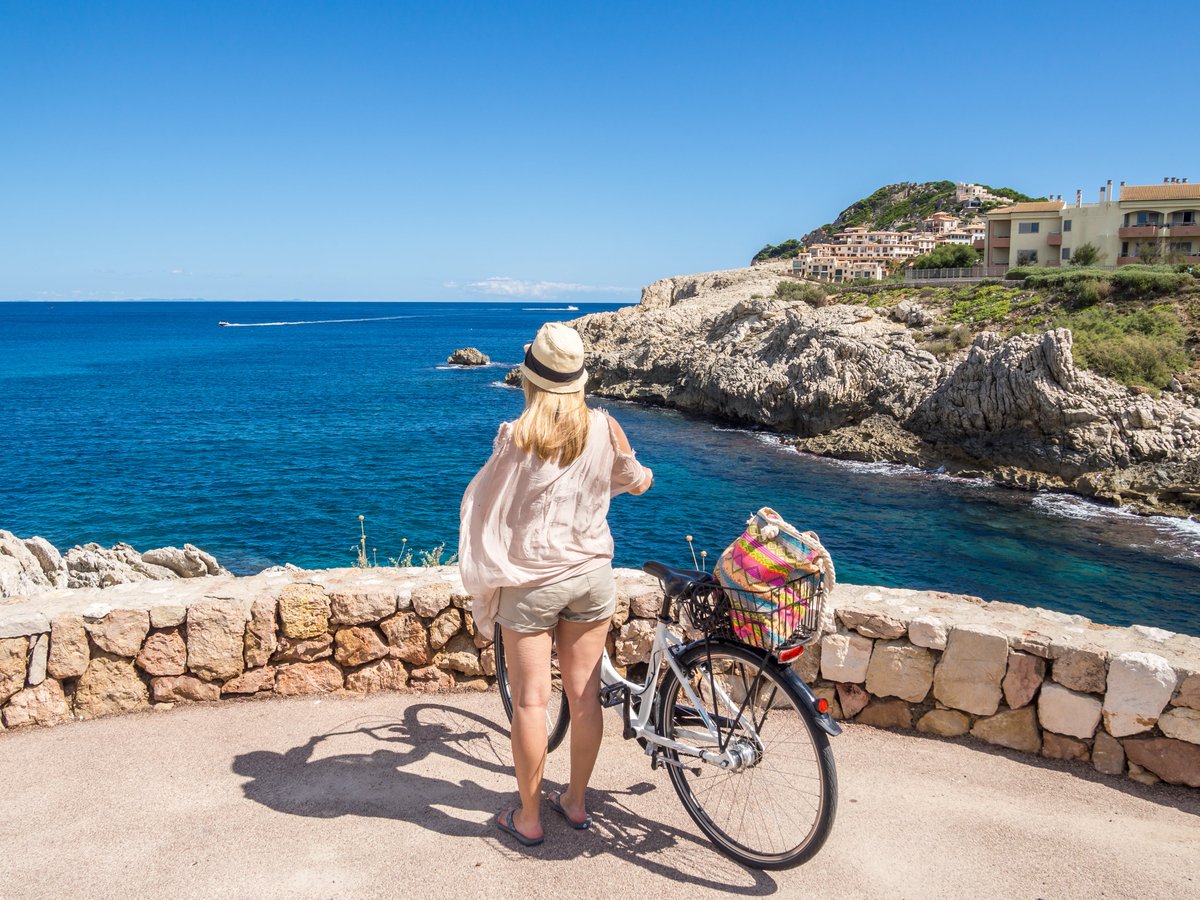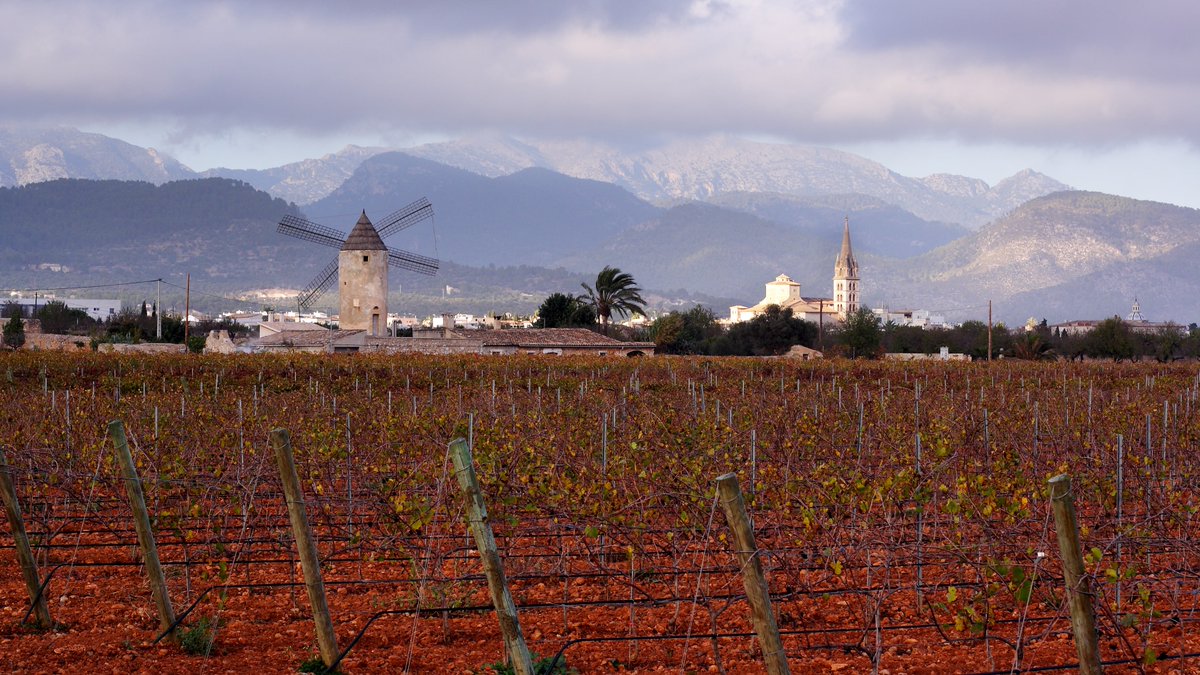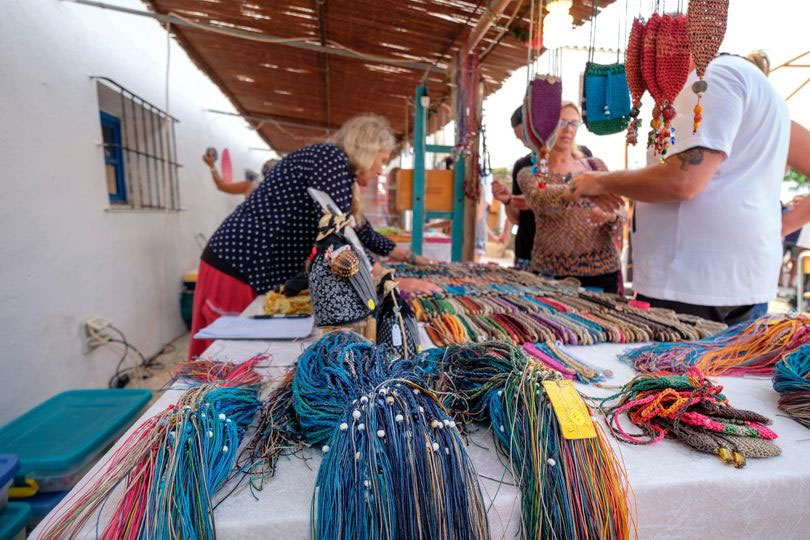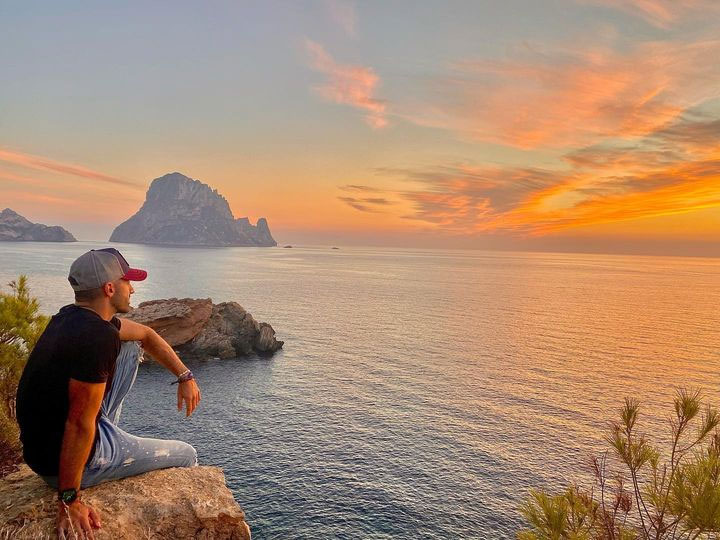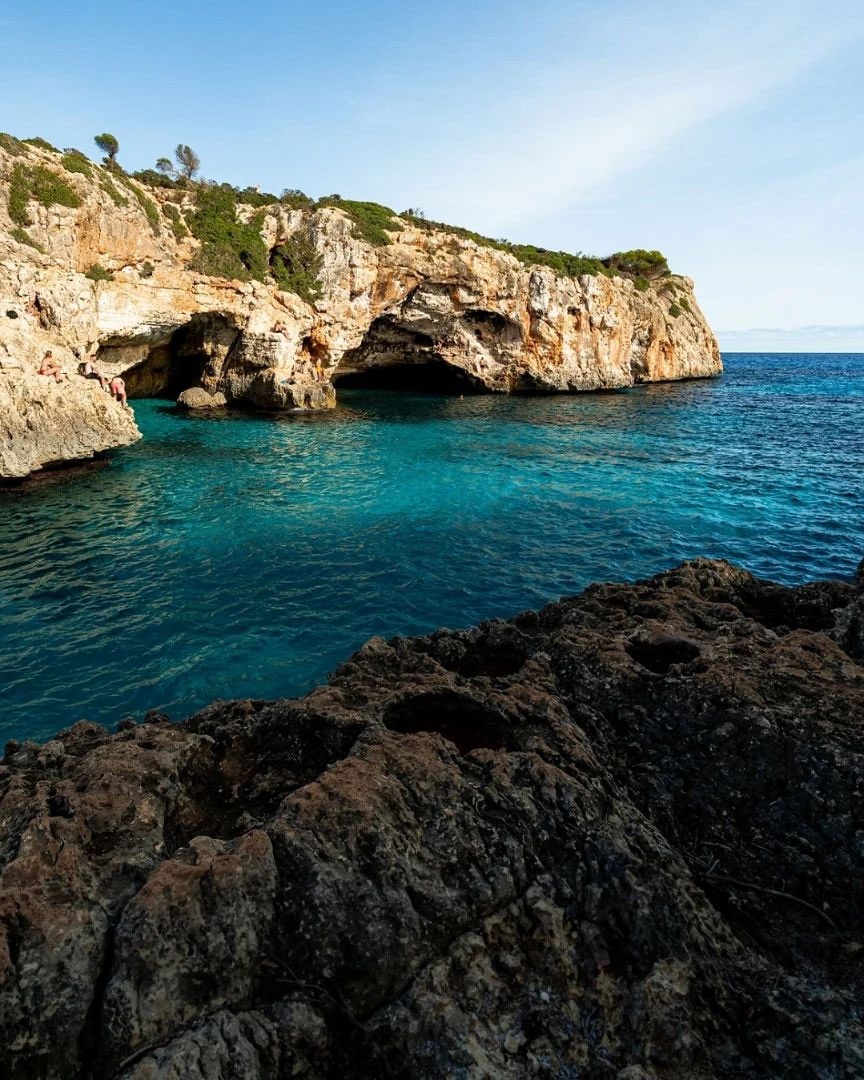Day 1: The former capital
|
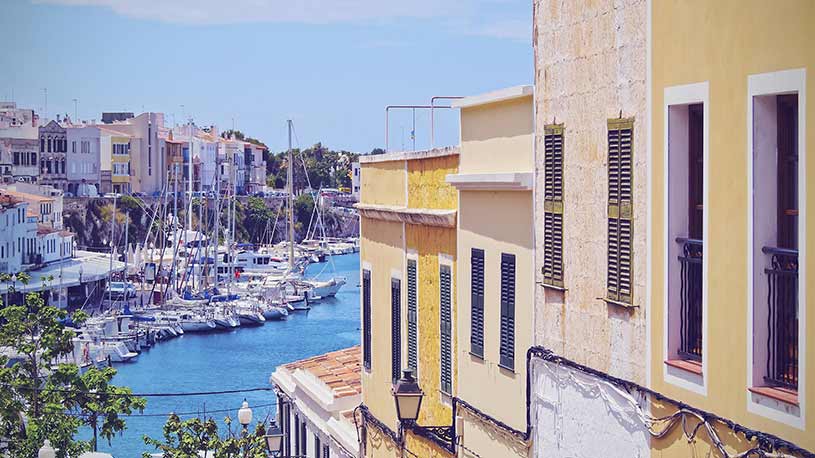 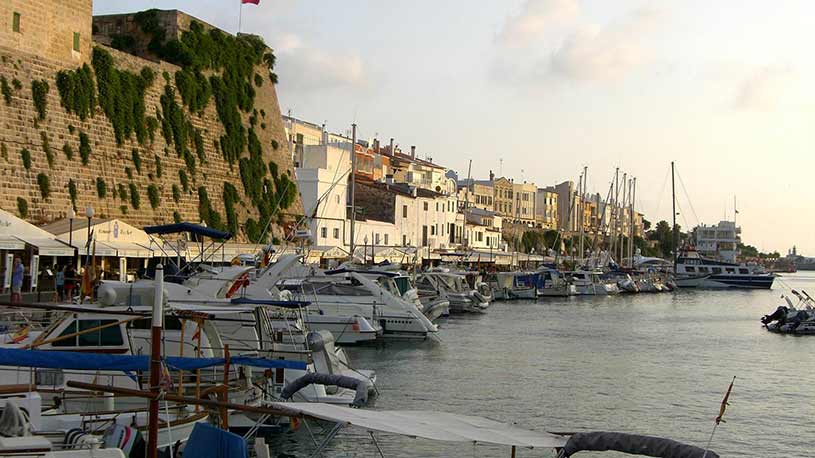 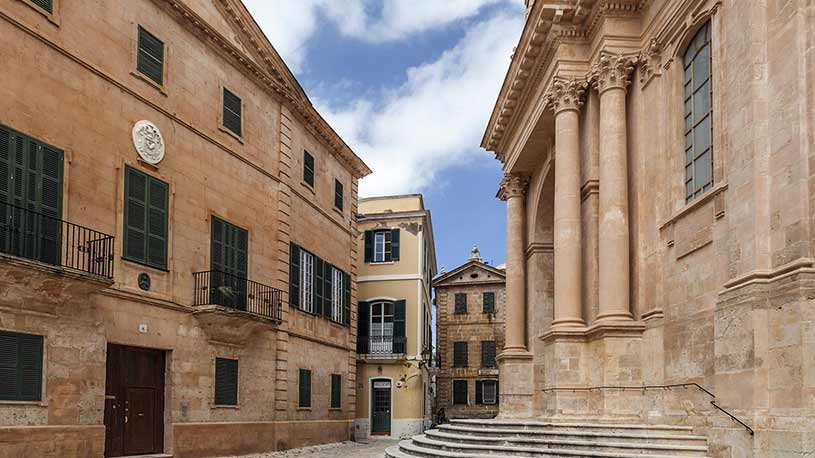 |
Our first day in Menorca will bring us through history to one of the island’s main cities. The eternal capital behind the scenes. The quiet and beautiful Ciutadella. A place in which every stone, every street and every mooring in its port harbours a thousand secrets of battles and conquests. Many people think that Mahón has always been the capital of Menorca, as it is nowadays. Its primacy, however, is relatively recent: for centuries, until the arrival of the British on the isle – early in 1700 – Ciutadella was the great nucleus from which the entirety of Menorca was governed. Relegated to a secondary place with the arrival of the English, the civitavella of Alphonse III lost its influence as well as the splendour that is re-emerging in our days.
What to see in Ciutadella de Menorca.
Starting the day at the famous Plaça des Pins, with its pleasant park and the city hall at one side, is almost like a ritual. In this whole environment, which makes way for the city’s historical quarter, you will find dozens of terraces where you can taste a typically Menorcan breakfast, enveloped in the freshness of the spring mornings.
With a good coffee and a piece of “greixera dolça” (the English pudding), you will start to discover the mark that the British Empire left on the isle and be able to decipher what it was they found upon arriving in Menorca, after this insular territory was granted to them at the Treaty of Utrecht.
Walking through the centre of the former capital, you will be able to observe one of the most common and useful elements bequeathed by the English: the boinders (bow windows), which can be seen in all traditional houses in Menorca. Many visitors believe they are an indigenous feature but they are actually a seal of the empire that the locals incorporated onto their home-building techniques.
Walking further, you will reach the Municipal Museum of Ciutadella, which is located in the Plaça de Sa Font, next to the torrent des horts. There, thanks to its permanent exhibition, you will be able to discover what this Mediterranean city was like in its prehistory, throughout its Muslim period and how it became the capital under the rule of Alphonse III.
After your museum visit, and since you are now in Ciutadella’s old quarter, you can stay and eat there. The Ses Voltes streets (the famous street of las arcadas – the arcades) are full of typical restaurants, bars and taverns in which one can enjoy the most varied cuisine in Menorca. Both streets lie within the surroundings of the great Cathedral of Menorca in Ciutadella, which is certainly worth stopping over for as it is one of the most beautiful temples on the whole island.
After lunch, you should certainly go to the Plaça del Born and have a Xoriguer gin. The passion for gin is one of the purely English details that has become most established among Menorcans and, in this specific place in Ciutadella, it becomes a true delight: you will have several excellent views of the port and be able to look at the obelisk dedicated to Piali, the Turkish admiral.
To while away the afternoon, leave the city centre and walk its outskirts. You will find few monuments dating back to the English period in downtown Ciutadella as this former Menorcan capital was little more to them than the symbol of past empires. The British wanted to change any relic prior to their arrival and chose Mahón, at the other end of the island, to settle down and grow. But they did not forget the beautiful and traditional Ciutadella and, when the time had come to defend the isle from the Napoleonic menace, they built a tower next to the magnificent Castle of Sant Nicolau namely the Torre des Castellar, the only one of the 11 towers they erected in Menorca that must be accessed underground.
From the Torre des Castellar you will be able to see all that the British were so anxious to protect: the beautiful Santandria Cove, the castle, the port and the capital. If you have time to spare and a car, you should visit some of the most distinguished beaches in Ciutadella, beyond the Artrutx lighthouse. Cala d’en Bosch, son Xoriguer, Cala Macarella and Cala Macarelleta, Es Tailer… Now, in spring, they are all perfect for a good swim before sunset, with hardly any people and with extremely clean waters.
|
Day 2: The new capital
|
  |
Following this immersion in the pre-British history of Menorca with the wonders offered by Ciutadella, the time has come to unveil the secrets of the British Empire during this second day on the island. As the British transferred the capital from Ciutadella to Mahon as soon as they had arrived on the isle, this second day will begin precisely with what still remains the capital of Menorca.Activate your imagination and open up your senses. You will wake up straight into the eighteenth century and start to find places that would seem to belong in a film. One of the first areas on the isle where you can truly see British Menorca is the Camí d’en Kane (Kane’s Road), a path opened by the British upon arriving on the island. It lies in the centre of the isle, between Es Mercadal, the Monte Toro and Mahón. This is one of the many works they undertook and which benefitted the locals.
They also dried up some wetlands (which would be unthinkable nowadays on an island that has been declared a Biosphere Reserve by UNESCO) and turned them into cultivation areas in order to stop the propagation of illnesses in which these humid areas played a very important role at the time.
Before heading off for Mahón, do visit Fornells, with its pretty cove, taking advantage of the light created by one of the most beautiful sunrises one can enjoy on the island. There you will find the Torre de Fornells tower, with Cape Cavalleria further away and, from there, you can walk along the coastline until reaching the Natural Park of S’Albufera des Grau, which contains the Torre Rambla tower and where the whole morning will pass quickly without your noticing, as you walk the paths, admiring the lagoons and observing the flora and fauna of this unique natural corner.
At lunchtime, set off for Mahón. On the shores of its port, which the British turned into one of the most important in the Mediterranean, you will come across numerous restaurants in which seafood is dominant. The caldereta de langosta lobster stew, the most famous of Menorca’s typical dishes, is a must and, if you want something typically English, choose some recipe composed of meat broth (brou de xenc) as it is one of the culinary elements of their legacy.
If, seated at the table, you happen to overhear some local asking for piqueis, you must know that these are none other than the classical pickles, an English word the island’s inhabitants took as their own and still use nowadays. The same logic holds when they tell joques (jokes) or when children, while playing tag, shout faitim (fight him).
While walking around Mahón in the afternoon, go to San Felipe Castle, which is famous for having been built to defend the island from Barbarossa’s attacks. All that can be seen nowadays are its underground galleries, a genuine treasure of defensive architecture. Another military zone of great importance to be seen in the capital is the Fortress of Isabella II, La Mola. Although most of what remains there now was built by Spaniards, the English erected two towers there: the Princess or Erskine Tower and the Sant Clair Tower in Teulera Cove. Among the major towers, there is also the Stuart Tower, which was used for protecting the port of Mahón.
The Illa del Rei islet is another essential stopover place along the route of British Menorca as it is the most complete and most durable military hospital in the Mediterranean waters. They called it Bloody Island.
If you follow the trail, you will find another crown jewel nearby. The large English defensive fortification that has marked Menorca and its capital since then and which, despite the passing of time, still remains: the famous Fort Marlborough. This spectacular place is to be found in the Es Castell area, in the well-known Sant Esteve Cove and, excavated in the rock, near the Mahonese port.
Near there, as a respite from so much history and military legacy, you will find the Calesfonts area, which was formerly a peaceful fishing zone that nowadays gathers some of the busiest bars and restaurants in Mahon. You will immediately notice that all of its taverns are located in what had previously been fishermen’s shacks and warehouses. And you will love it for its typical, relaxed Mediterranean atmosphere, concealed next to the sea, where you will be able to enjoy a delicious meal and a few drinks in the best nightlife zone in Menorca.
|

















